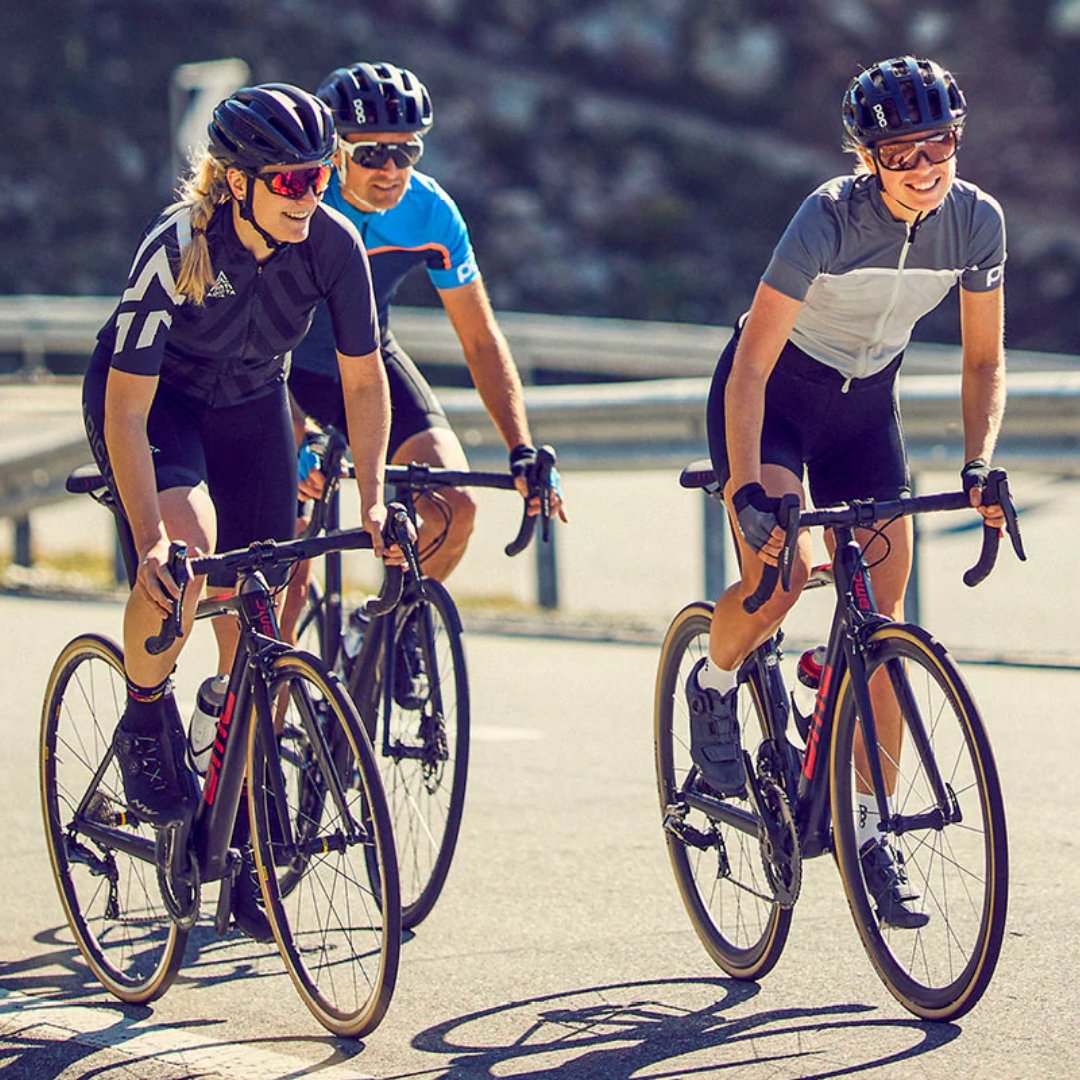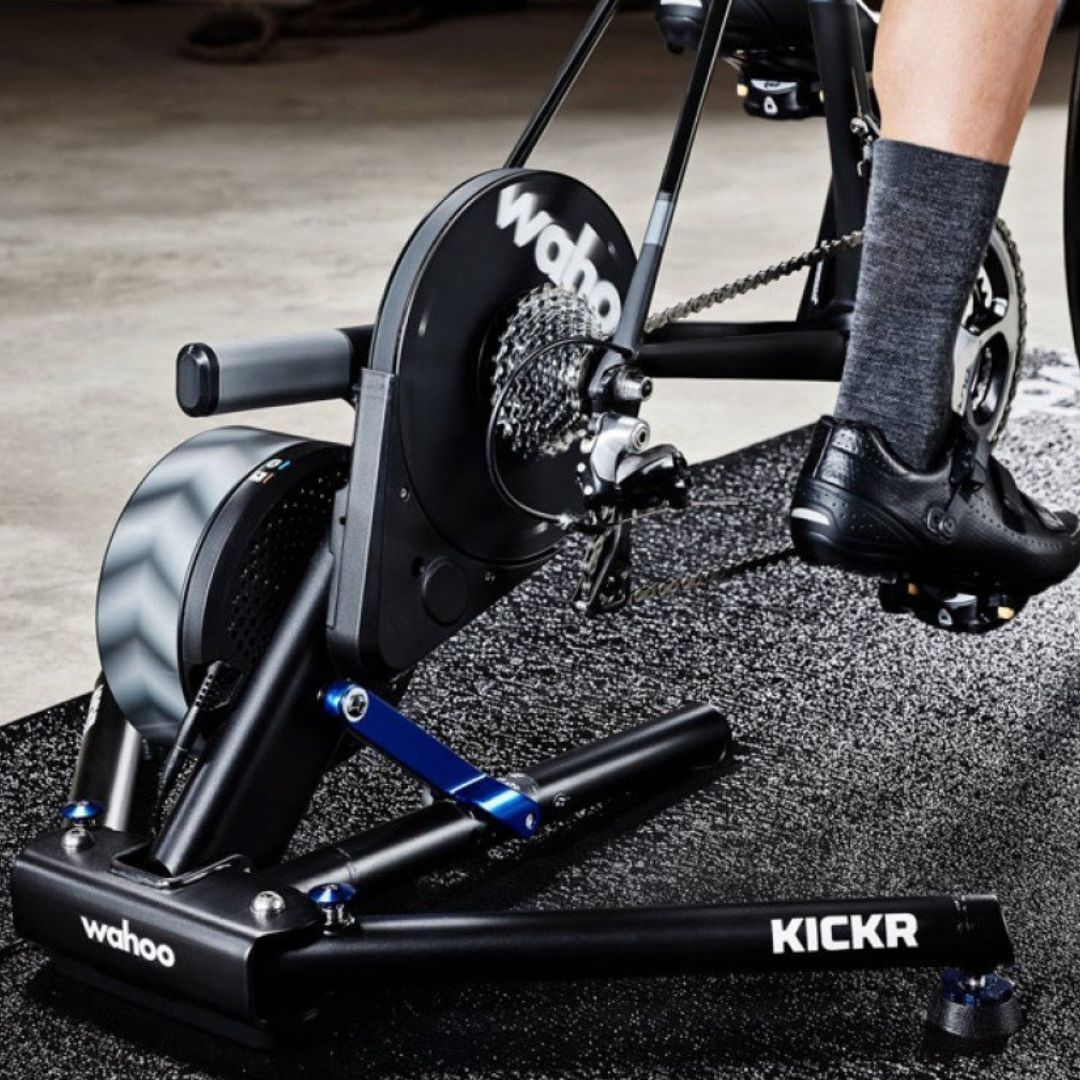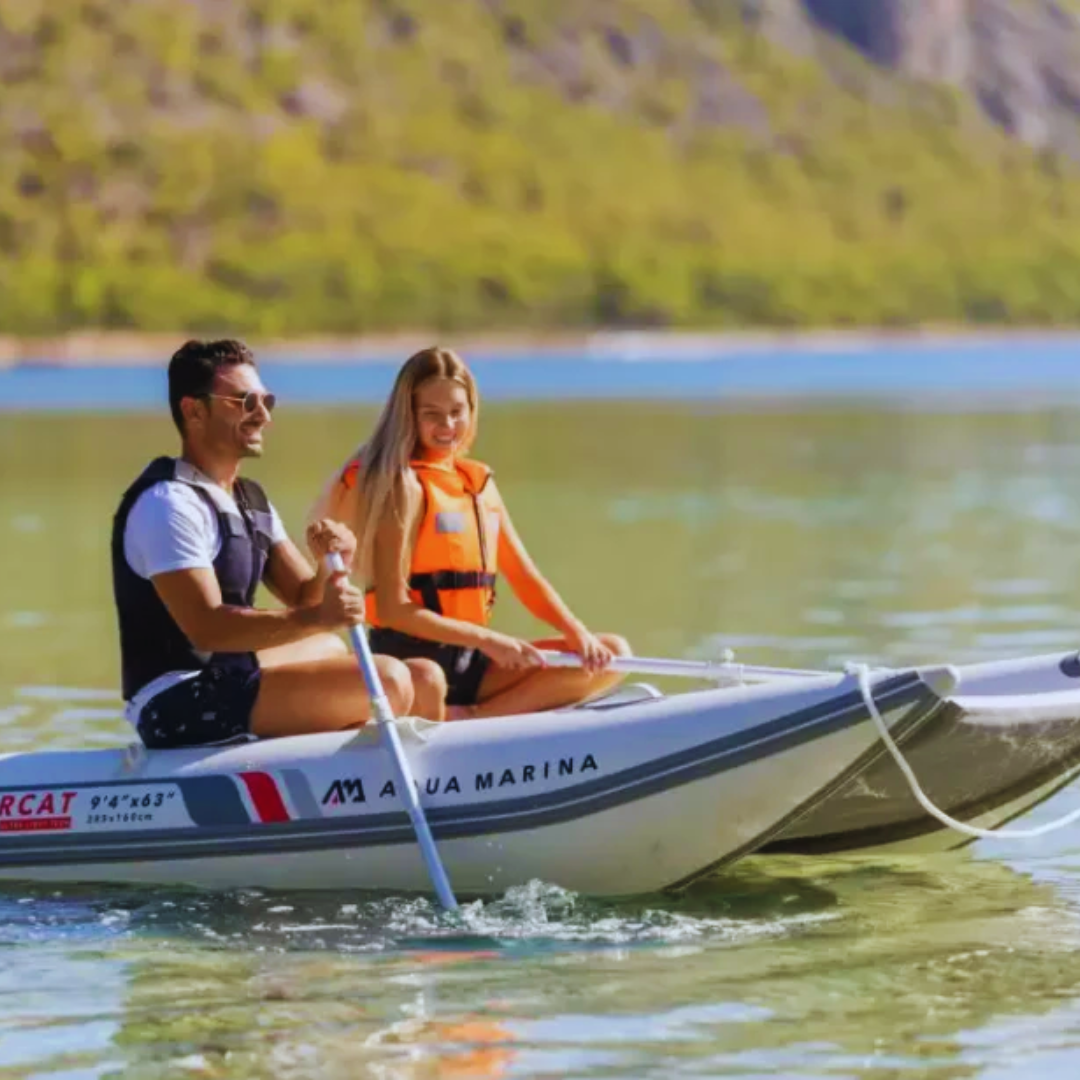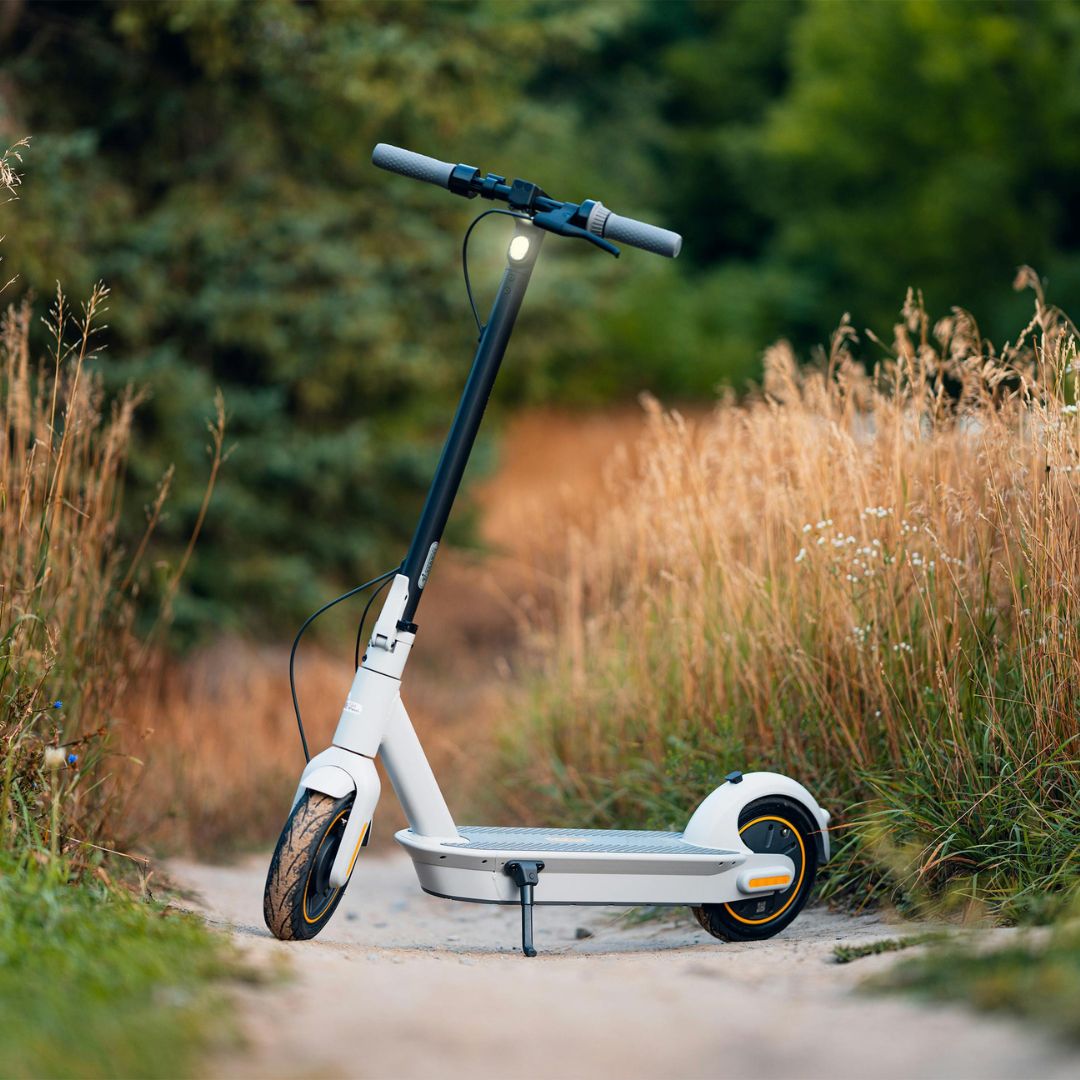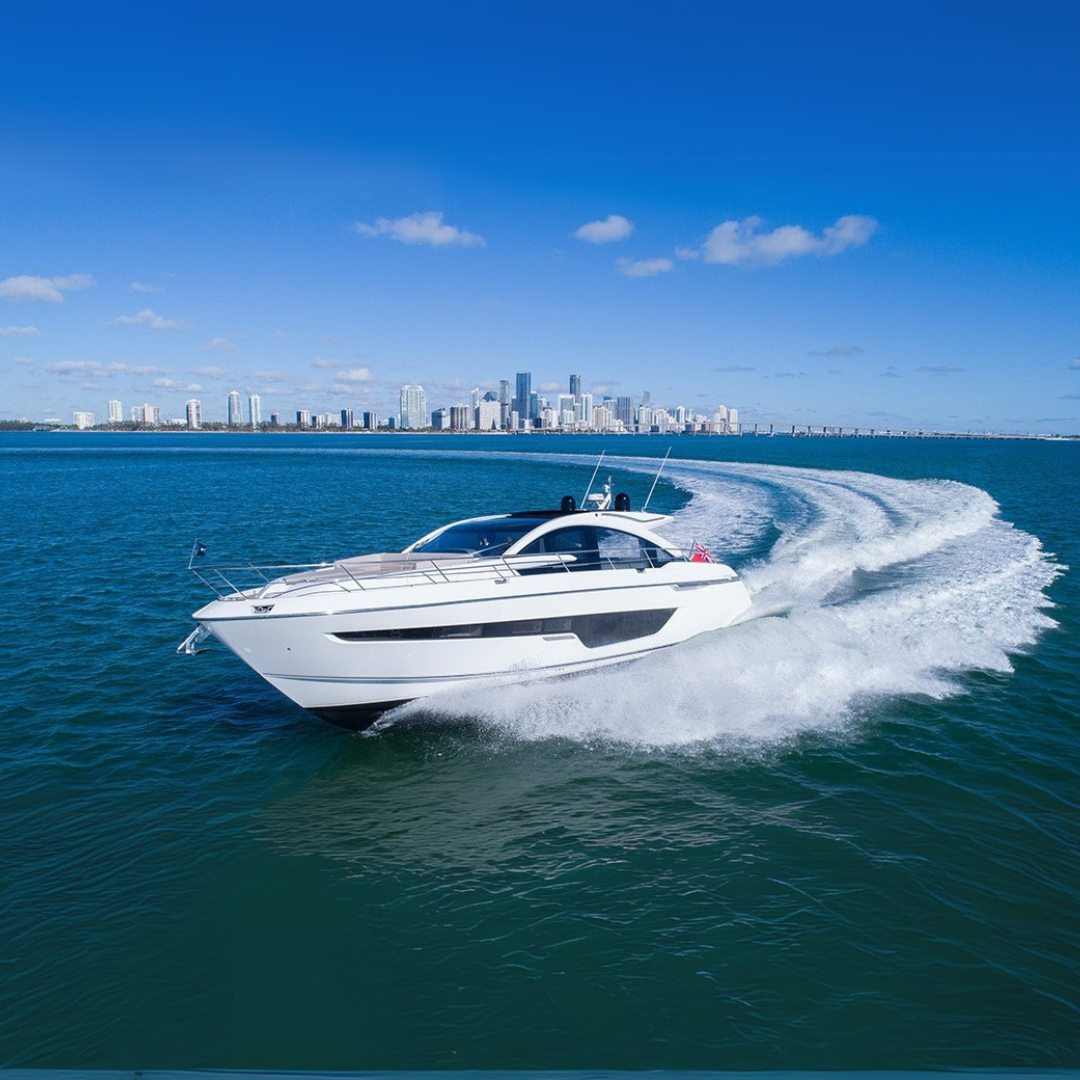The Ultimate Guide to the Best Clothes for Paddle Boarding
If you're like me, the thought of paddle boarding instantly conjures up images of gliding over tranquil waters, the sun kissing your skin, and the gentle breeze playing with your hair. But, as any seasoned paddle boarder will tell you, what you wear can make or break your experience. The right clothing can enhance your comfort, safety, and overall enjoyment on the water. Let's dive into the essentials of dressing for paddle boarding, so you can focus on the adventure ahead.

1. Sun Protection: Cover Up to Stay Safe
While the idea of soaking up the sun might sound enticing, prolonged exposure can lead to sunburn and even heatstroke. Here's what you need:
Rash Guards: These are your best friends on the water. Lightweight, quick-drying, and offering excellent UV protection, rash guards keep you covered without causing you to overheat. Look for options with UPF 50+ rating for the best protection.
Hats: A wide-brimmed hat or a cap with a neck flap is ideal for keeping the sun off your face and neck. Opt for materials that dry quickly and have ventilation to prevent overheating.
Sunglasses: Polarized sunglasses not only protect your eyes from the sun’s glare but also help you see clearly into the water. Choose a pair with a secure strap to prevent them from falling off.

2. Comfort and Mobility: Dress for Success
Paddle boarding requires a good range of motion, so your clothing should be flexible and non-restrictive.
Board Shorts or Leggings: Board shorts are a staple for men, offering a loose fit and quick-drying properties. Women might prefer board shorts or high-waisted leggings designed for water sports. Leggings provide added protection from the sun and any abrasions.
Swimsuits: Underneath your outer layers, a good-quality swimsuit is essential. Women might opt for a one-piece or a sporty bikini, while men can stick with swim trunks. Make sure whatever you choose stays in place when you’re moving around.
Footwear: While many paddle boarders prefer going barefoot for a better feel of the board, water shoes or sandals with a good grip are beneficial, especially if you’ll be walking on rocky surfaces.

3. Temperature Control: Adapt to the Elements
Water and air temperatures can vary widely, so it’s crucial to dress appropriately for the conditions.
Wetsuits and Dry suits: For colder waters or seasons, a wetsuit is your best bet. It provides insulation by trapping a thin layer of water between your skin and the suit, which warms up from your body heat. In very cold conditions, a drysuit is better as it keeps all water out, allowing you to layer warm clothing underneath.
Layers: Even in warmer climates, mornings and evenings can be chilly. Lightweight, moisture-wicking layers that you can easily add or remove will keep you comfortable throughout the day.

4. Safety Gear: Always Be Prepared
Safety should never be compromised, and certain gear can be lifesaving.
Personal Flotation Device (PFD): Even if you’re a strong swimmer, a PFD is a must. Modern designs are sleek and comfortable, allowing full range of motion. Inflatable PFDs are a popular choice among paddle boarders for their minimalistic design.
Leash: A paddle board leash ensures that your board stays close even if you fall off. It’s especially important in rougher waters or windy conditions.
5. Practical Accessories: Convenience is Key
A few well-chosen accessories can enhance your paddle boarding experience.
Waterproof Bag: A small dry bag can hold essentials like your phone, keys, snacks, and a first aid kit. Attach it securely to your board.
Hydration Pack: Staying hydrated is crucial, especially under the sun. A hydration pack allows you to carry water conveniently, often with hands-free access through a drinking tube.
Towel and Change of Clothes: Always pack a quick-drying towel and a change of clothes for after your paddle. You’ll appreciate having something dry and comfortable to slip into.


